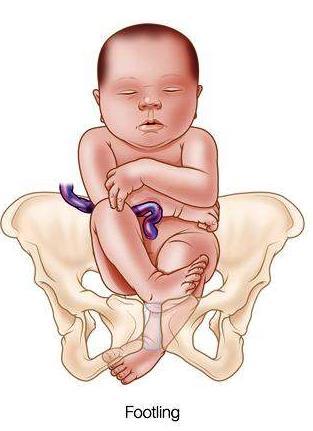- Depending on your situation, your choices are:
- If it’s a first pregnancy or you have previous caesarean section:- Plan caesarean section is advisable.
- If you have previous normal delivery then you can opt for vaginal birth.
- There are benefits and risks associated with both caesarean section and vaginal breech birth, you should discuss with your doctor, what is best for you and your baby.
A)Caesarean section
- If your baby remains breech towards the end of pregnancy, you should be given the option of a caesarean section. Research has shown that planned caesarean section is safer for your baby than a vaginal breech birth. Caesarean section carries slightly more risk for you than a vaginal birth.
- Caesarean section can increase your chances of problems in future pregnancies. These may include placental problems, difficulty with repeat caesarean section surgery.
B)Vaginal breech birth
Only for patient who have previous vaginal delivery.

Vaginal-breech-birth
- You should plan a hospital birth where you can have an emergency caesarean section if needed, as 4 in 10 (40%) women planning a vaginal breech birth do need a caesarean section. Induction of labour is not usually recommended.
- While a successful vaginal birth carries the least risks for you, it carries a small increased risk of your baby dying around the time of delivery. A vaginal breech birth may also cause serious short-term complications for your baby. However, these complications do not seem to have any long-term effects on your baby.
- Before choosing a vaginal breech birth, it is advised that you and your baby are assessed by your doctor to check :
- Your baby is a footling breech (one or both of the baby’s feet are below its bottom)
- Your baby is larger or smaller than average (your doctor will discuss this with you)
- Your baby is in a certain position, for example, if its neck is very tilted back (hyper extended)
- You have a low-lying placenta (placenta praevia).
- You have pre-eclampsia or any other pregnancy problems.




